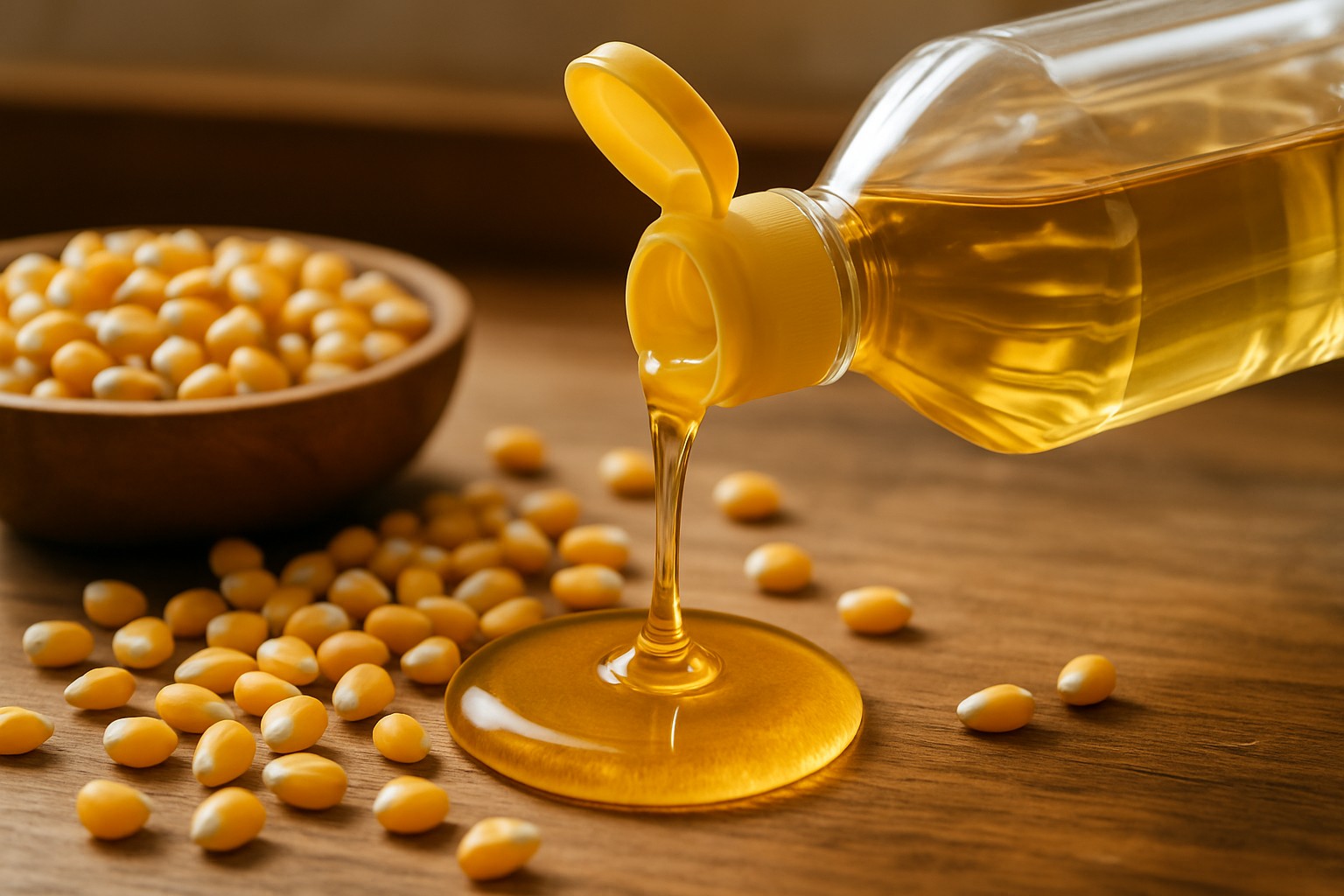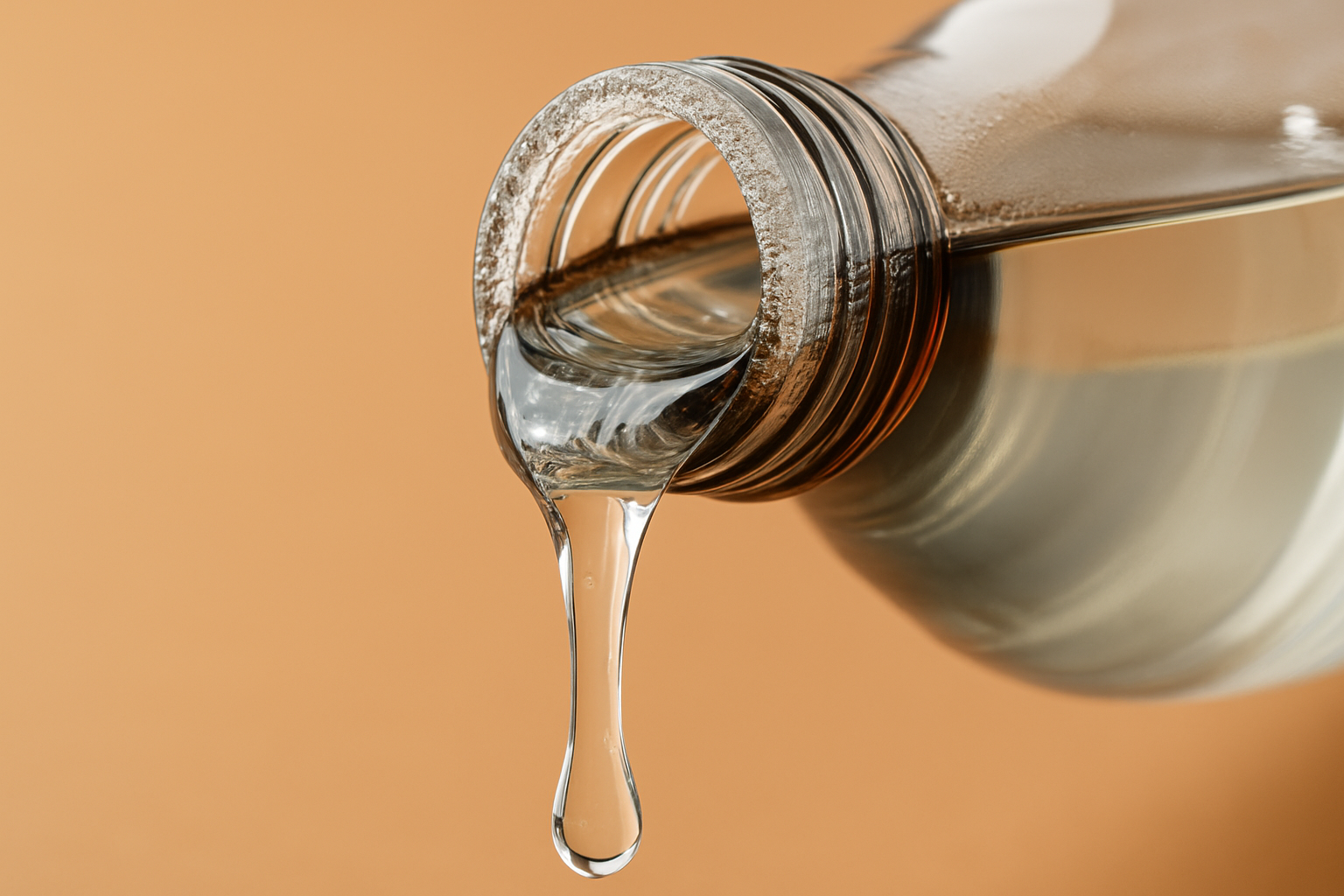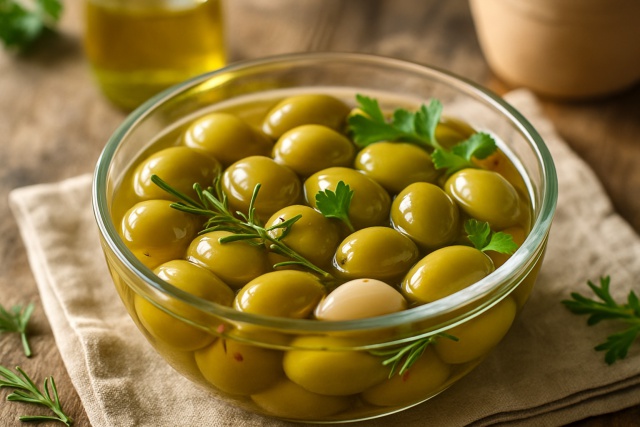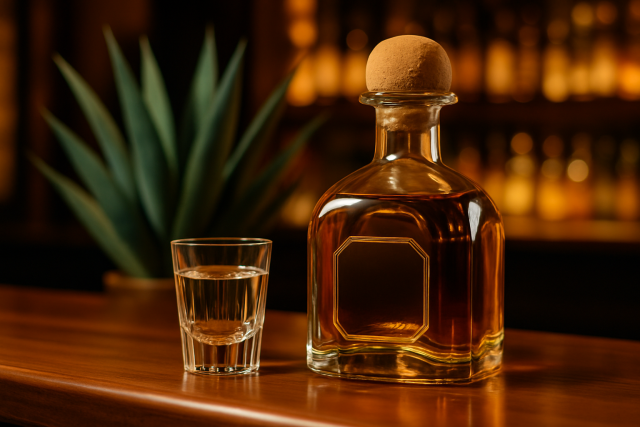How to Cure Olives Lye - Step by Step for Best Results
Discover how to cure olives with lye quickly and safely. Our detailed guide breaks down every step t...

Corn syrup is one of those pantry staples you will stumble upon in plenty of kitchens and commercial food products alike. It’s made by breaking down cornstarch into simpler sugars, which not only cranks up the sweetness but also adds a bit of moisture to everything from candies to baked treats. Many individuals still wonder about the corn syrup expiration date—if the syrup can actually go bad after that point, and if it’s safe to use once that date has sneaked past.
Corn syrup is a thick sweet syrup made mostly from cornstarch where enzymes break the starch down into simpler sugars like glucose. You will often find it as a sweetener or thickener in many cooking and baking adventures. It’s worth highlighting that corn syrup isn’t the same as high-fructose corn syrup. That one undergoes extra chemistry to turn some of the glucose into fructose which increases the sweetness. That’s the sneaky ingredient you’ll spot in soft drinks.
Expiration dates on food products like corn syrup can often be puzzling. Terms like "best-by" or "use-by" usually mark when the manufacturer believes the product will shine in quality and flavor—not when it becomes unsafe. Because corn syrup is loaded with sugar it naturally keeps bacterial growth at bay and lasts for quite some time.
Corn syrup tends to hold its ground mainly because of its high sugar content which acts like a natural bodyguard by pulling water out of microbial cells through osmosis. This little trick helps keep bacteria and mold from throwing a growth party. On top of that, corn syrup has low water activity meaning there usually isn’t enough moisture for most microbes to make themselves at home.
Corn syrup doesn’t usually spoil quickly but it’s wise to check older bottles before using. Expiration dates can be misleading because they don’t tell the whole story. Instead, watch for any odd changes in color or smell or texture.

Visual examples of corn syrup spoilage including discoloration, crystallization, and mold growth
Corn syrup usually sticks around safely past its expiration date as long as it’s stored the right way and doesn’t give off any weird vibes like odd smells or funky textures. Thanks to its high sugar content it’s good at keeping harmful bacteria at bay and less likely to spoil compared to many other sweeteners. Still, if you catch a whiff of something off or spot any mold it’s definitely time to toss it.
"Much like honey, corn syrup has a knack for sticking around forever thanks to its high sugar content. This thick, sweet density keeps most microbes at bay, meaning it stays perfectly safe to use for a good long while—just as long as you store it properly."
Keeping corn syrup fresh and squeezing a bit more life out of it beyond the printed corn syrup expiration date means storing it properly is really the secret sauce. Pop the bottle in a cool, dry spot where it won’t have to battle direct sunlight or heat. Always make sure to screw the cap on tight after each use because you’re basically locking out air and moisture, the usual troublemakers. Oh, and try to avoid dipping any utensils that aren’t squeaky clean straight into the syrup as that is just asking for unwanted guests like bacteria.
26 posts written
With experience in neuroscience journalism, Vesper makes cutting-edge brain research accessible to general audiences through clear explanations and compelling case studies.
Read Articles
Discover how to cure olives with lye quickly and safely. Our detailed guide breaks down every step t...

Dive into the costs behind a shot of Patron tequila and see how it stacks up against other premium b...

Explore the intriguing Water Moccasin shot—from its ingredients to its smooth, fruity flavor. Perfec...

Curious about how many ounces are in a bottle of wine? This guide breaks down common bottle sizes, t...
